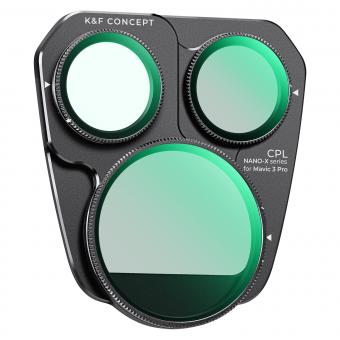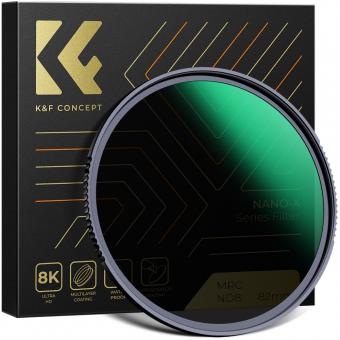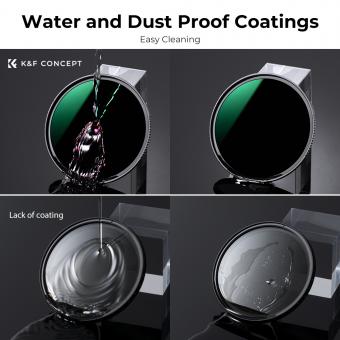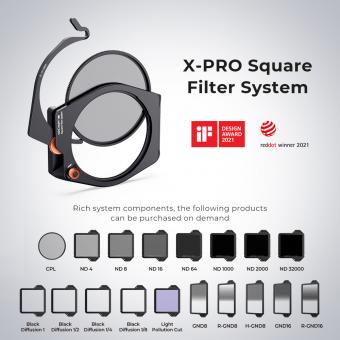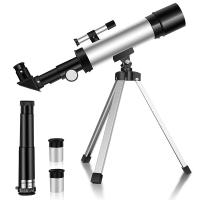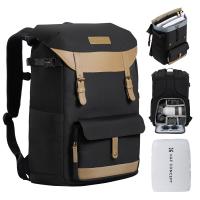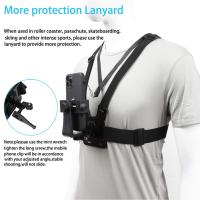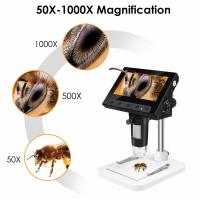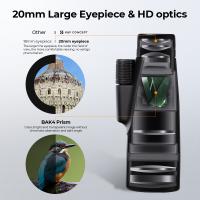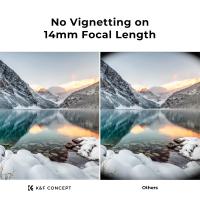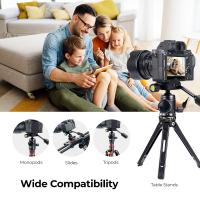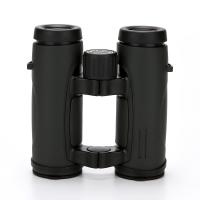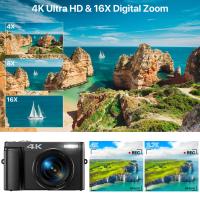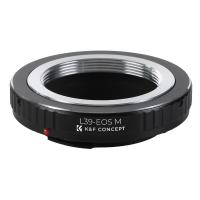Which Nd Filter For Video Nd8 ?
An ND8 filter is a popular choice for video shooting as it reduces the amount of light entering the camera by 3 stops. This allows for a wider aperture and slower shutter speed, which can be useful in bright lighting conditions or when you want to achieve a shallow depth of field. ND8 filters are commonly used for outdoor shooting in sunny conditions to prevent overexposure and maintain proper exposure settings.
1、 ND Filter Basics: Understanding the Purpose and Function
When it comes to choosing an ND filter for video, the ND8 filter is a popular choice among videographers. The ND8 filter reduces the amount of light entering the camera by three stops, allowing you to achieve a slower shutter speed or a wider aperture in bright conditions. This is particularly useful when shooting in outdoor settings with a lot of sunlight, as it helps to prevent overexposure and allows for more creative control over the depth of field.
The ND8 filter is a versatile option that strikes a balance between reducing light and maintaining image quality. It is often recommended for shooting in moderately bright conditions, such as during golden hour or on a sunny day. It allows for a good amount of light reduction without causing too much loss of detail or color accuracy.
However, it's important to note that the choice of ND filter depends on the specific shooting conditions and desired effect. If you are shooting in extremely bright conditions, such as on a beach or in snowy landscapes, you may need a stronger ND filter like an ND16 or ND32 to achieve the desired exposure. On the other hand, if you are shooting in slightly dimmer conditions, an ND4 filter may be sufficient.
It's also worth considering the quality of the ND filter you choose. Investing in a high-quality filter can help maintain image sharpness and minimize any potential color shifts or vignetting. Additionally, some filters offer additional features like anti-reflective coatings or water and oil resistance, which can be beneficial in certain shooting situations.
In conclusion, the ND8 filter is a popular choice for video shooting in moderately bright conditions. However, it's important to assess the specific shooting conditions and desired effect to determine the most suitable ND filter for your needs.

2、 ND Filter Strengths: Exploring Different Density Levels
When it comes to choosing the right ND filter for video, an ND8 filter is a popular choice among videographers. ND8 refers to the filter's density level, which reduces the amount of light entering the camera by three stops. This means that it allows only one-eighth of the original light to pass through the lens.
An ND8 filter is commonly used in situations where the lighting conditions are moderately bright, such as on a sunny day. It helps to reduce the amount of light entering the camera, allowing for a slower shutter speed and wider aperture. This can be particularly useful when shooting video, as it allows for more creative control over the depth of field and motion blur.
However, it's important to note that the choice of ND filter strength depends on the specific shooting conditions and desired effect. For example, if you are shooting in extremely bright conditions, you may need a stronger ND filter, such as an ND16 or ND32, to achieve the desired exposure. On the other hand, if you are shooting in low light conditions, you may not need an ND filter at all.
It's also worth mentioning that the latest point of view on ND filters is the introduction of variable ND filters. These filters allow you to adjust the density level by rotating the filter, providing more flexibility in controlling the exposure. Variable ND filters are particularly useful in situations where the lighting conditions may change rapidly, such as during outdoor shoots.
In conclusion, an ND8 filter is a popular choice for video shooting in moderately bright conditions. However, it's important to consider the specific shooting conditions and desired effect when choosing the right ND filter strength. The introduction of variable ND filters has also provided videographers with more flexibility in controlling the exposure.

3、 ND Filter Types: Circular vs. Square Filters
When it comes to choosing an ND filter for video, the ND8 filter is a popular choice for many videographers. It reduces the amount of light entering the lens by three stops, allowing for more control over exposure settings and enabling the use of wider apertures or slower shutter speeds.
Now, let's discuss the two main types of ND filters: circular and square filters. Circular filters are the most common and widely used. They are screw-on filters that attach directly to the front of the lens. Circular filters are convenient and easy to use, making them a popular choice for beginners or those who prefer a simple setup. However, they can be limiting when it comes to stacking multiple filters or using them on different lenses with varying filter thread sizes.
On the other hand, square filters offer more flexibility and versatility. They consist of a square or rectangular filter holder that attaches to the lens via an adapter ring. This allows for easy swapping of filters and the ability to stack multiple filters for different effects. Square filters also come in various sizes, making them compatible with different lenses. However, they require a bit more setup and can be bulkier to carry around.
In terms of the latest point of view, both circular and square filters have their advantages and disadvantages. Circular filters are still widely used due to their simplicity and convenience, while square filters are gaining popularity among professionals who require more flexibility and control over their filter system.
Ultimately, the choice between circular and square filters depends on your specific needs and preferences. If you value convenience and simplicity, a circular ND8 filter may be the right choice for you. However, if you require more versatility and the ability to stack filters, a square filter system may be worth considering.
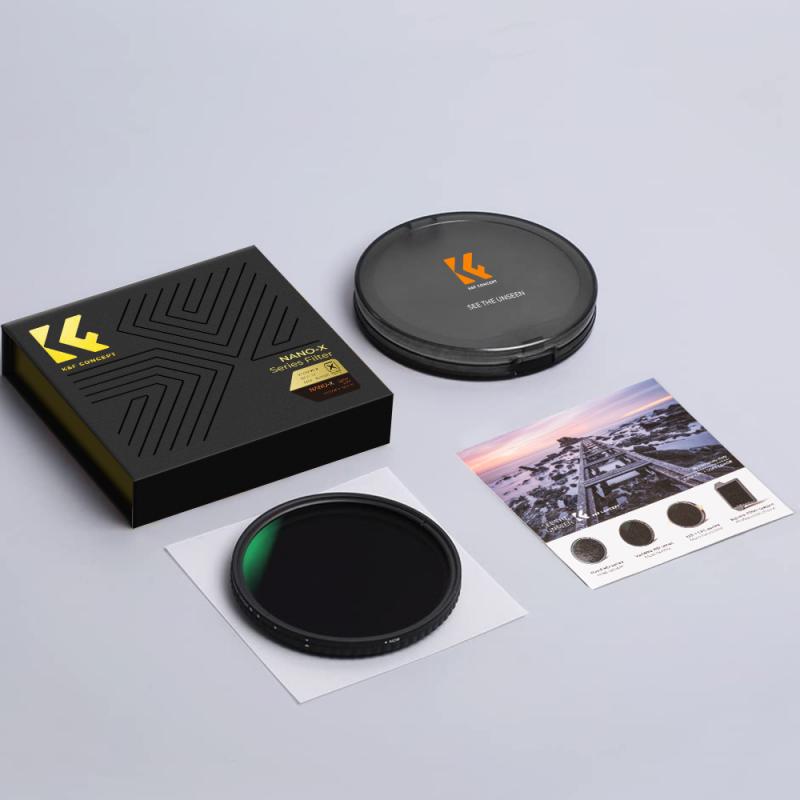
4、 ND Filter Compatibility: Choosing the Right Size for Your Lens
When it comes to choosing the right ND filter for video, an ND8 filter is a popular choice for many videographers. The ND8 filter reduces the amount of light entering the lens by three stops, allowing you to achieve a slower shutter speed or a wider aperture in bright conditions. This is particularly useful for creating a shallow depth of field or capturing motion blur in your videos.
However, before purchasing an ND8 filter, it is important to consider the compatibility of the filter with your lens. ND filters come in different sizes, typically ranging from 49mm to 82mm, and it is crucial to choose the right size for your lens. Most lenses have the filter size indicated on the front of the lens or in the lens specifications.
In addition to the size compatibility, it is also worth considering the quality of the ND filter. Cheaper filters may introduce color casts or reduce image sharpness, so investing in a high-quality filter is recommended. Look for filters made from high-quality materials, such as optical glass, and with multi-coating to minimize reflections and flare.
Furthermore, it is worth noting that some lenses have a larger front element or a built-in lens hood, which may require a larger filter size. In such cases, you may need to use step-up rings to adapt the filter size to your lens.
In conclusion, when choosing an ND filter for video, an ND8 filter is a popular choice. However, it is important to ensure compatibility with your lens by selecting the right filter size. Investing in a high-quality filter is also recommended to maintain image quality.



